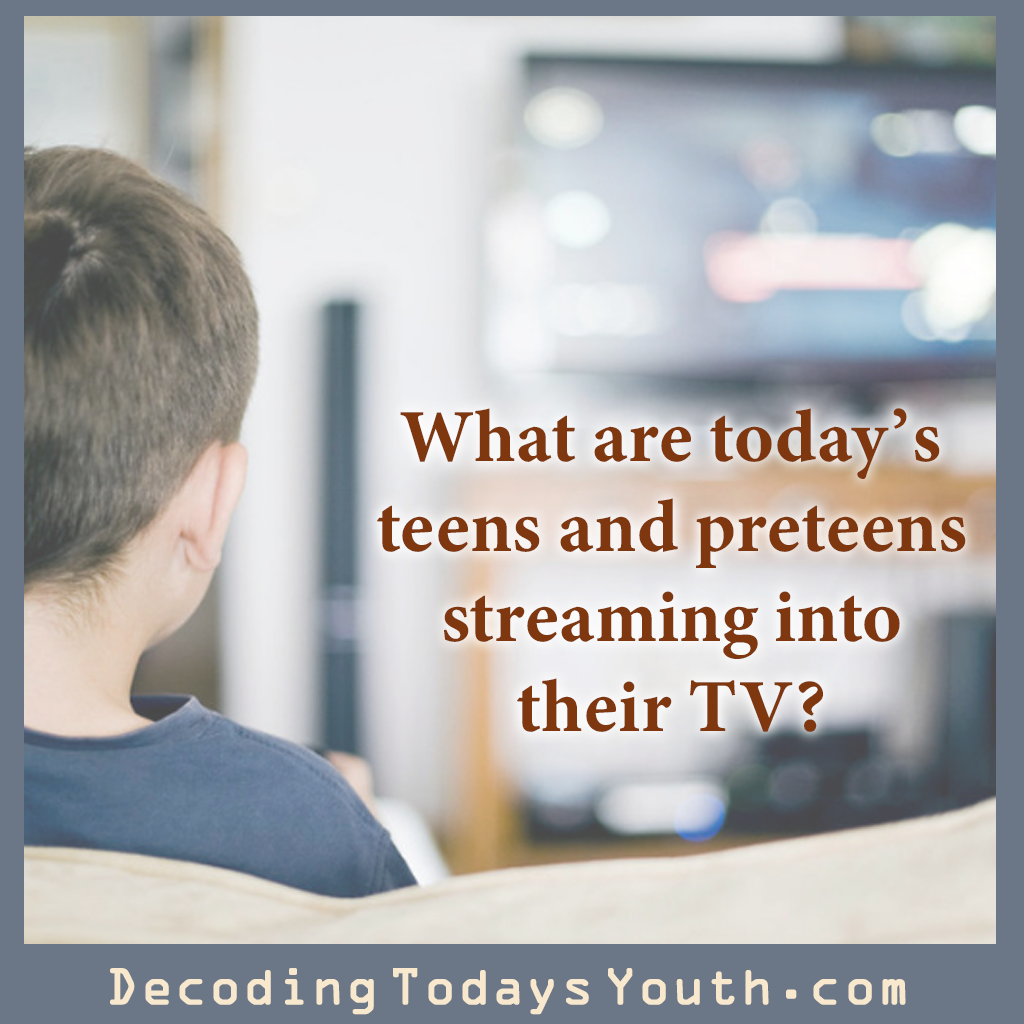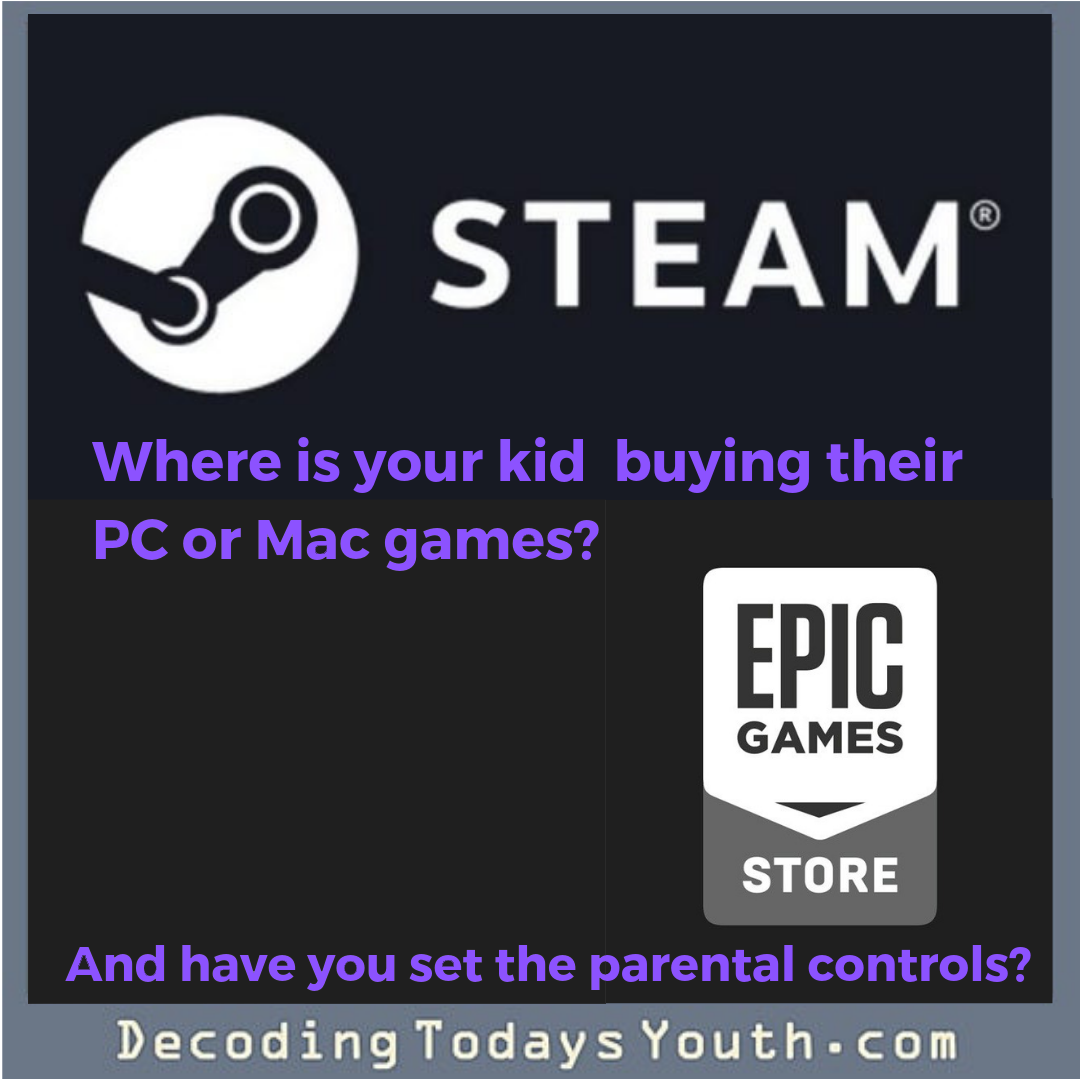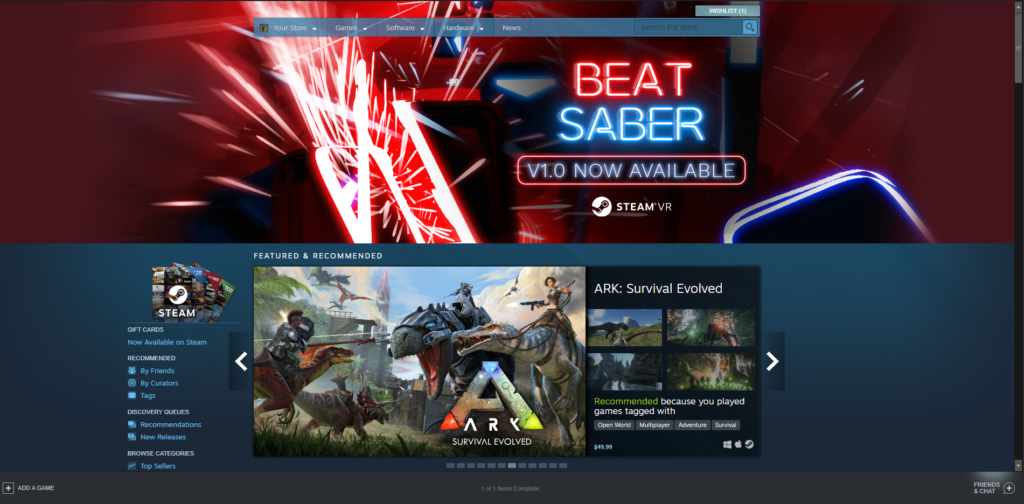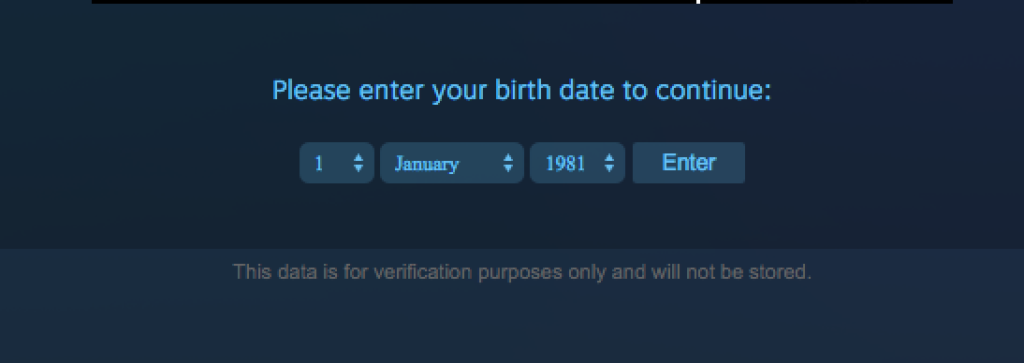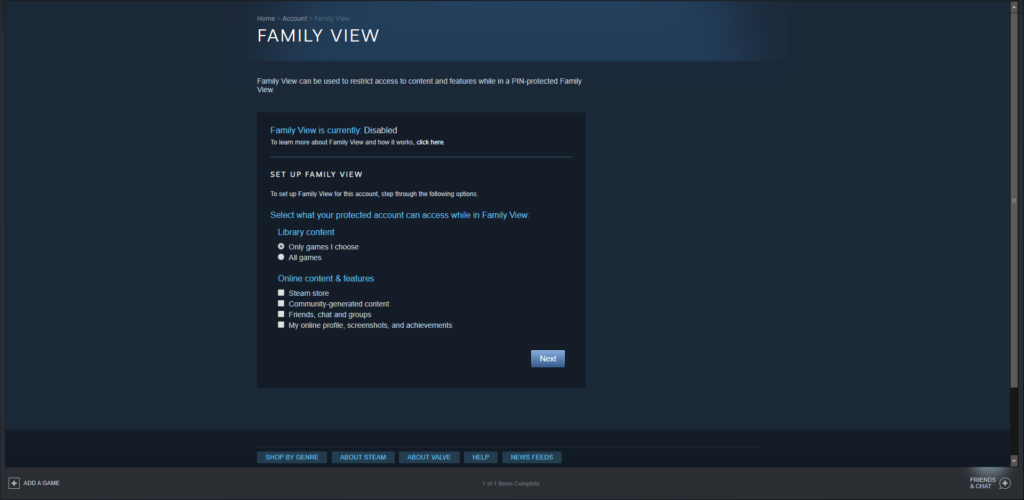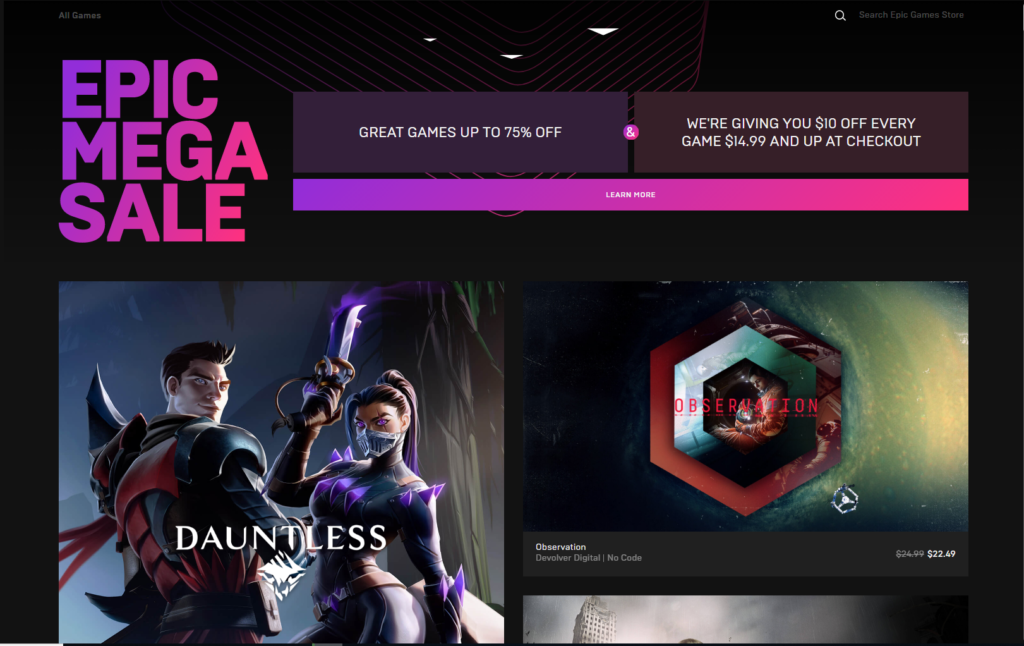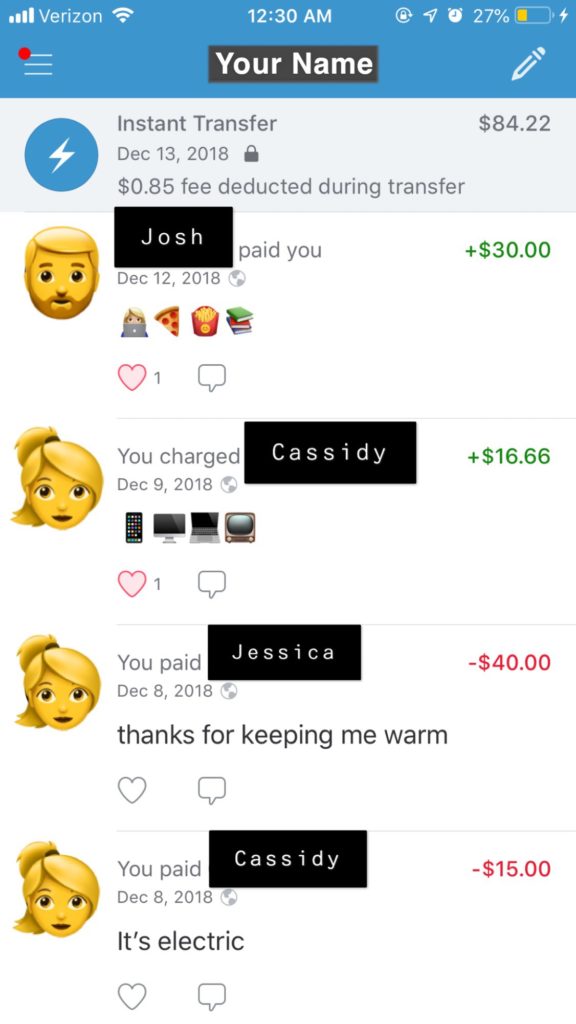
It was the summer of 2011. The final episode of Disney Channel’s “The Suite Life on Deck,” starring Dylan and Cole Sprouse, was on. It marked the end of my childhood, as I knew it.
I was 13-years-old and three years removed from my other favorite tween cable shows, “Ned’s Declassified School Survival Guide,” “Drake & Josh” and “Zoey 101”. All ended, I might add, prematurely.
Growing up, my parents weren’t always around when I got home from school. So, with my Spaghetti-O’s or Easy Mac in hand, I watched them every afternoon. I felt like I grew up with these actors and actresses.
When they were over, I felt lost. Like a chapter of my life was suddenly over. All the laughs, all the stories and all the countless life lessons – gone!
I knew it was time to find new show, even though the constant reruns on “Teen Nick” were some comfort. Of course, I could just wait around until ESPN decided to start speculating again if Brett Favre was going to come out of retirement. But in July, football season seemed so far way. (Yes, even at 13 I was hooked on football.)
I began exploring new channels. What I stumbled upon was a collection of great ‘90s, coming-of-age series, like “Saved by the Bell” and “Boy Meets World”. Thanks to Mr. Belding and Mr. Feeney I continued to learn valuable life lessons, like, tell a close friend the truth even if it will make them made, and, be very careful of caffeine pills.
I also came across shows more grown up shows, like “That’s 70’s Show,” “Freaks and Geeks” and “How I Met Your Mother.” Masterpieces, but I was too naive at the time to get all of the drug and sexual references went over my head. However, kids these days are exposed to more on social media. They might not be so clueless.
Today’s Tween/Teen Shows
Let’s face it. Today’s kids stream. This means they don’t have to choose from just the 5-6 cable channels I had to choose from. They can log into Netflix, Hulu, Amazon Prime, etc… and find any show they want.
It’s hard to single out what teens are watching from all of the data, so let’s look at the top streamed shows on Netflix, the hottest service amongst preteens/teens. In January, Netflix released data on some of its most viewed shows. It’s measured as a percentage of all Netflix shows, with the data pulled from web browsers from January 2018- November 2018.
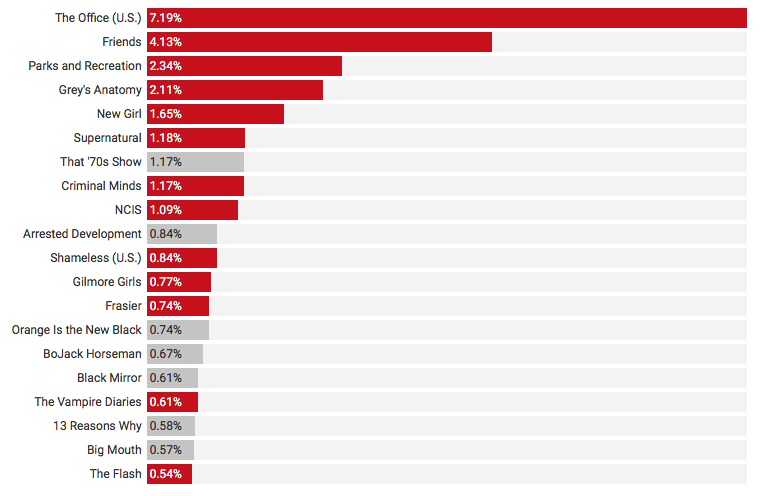
I’ve pulled out a few of them that I think many teens are watching. Maybe your kid is watching one of these. If so, do you know what’s in it?
“Shameless”
Showtime’s “Shameless” began airing in 2011. It wasn’t until 2017 that the show exploded on Netflix. Suddenly everyone was talking about the ups and downs of the alcoholic Frank Gallagher and his six children.
This show can come across as extremely entertaining and seemingly realistic. However, it is very inappropriate for preteens or teens. There’s swearing, nudity, sex and drug references throughout, make it tough watch for even some adults. While some may say it teaches important lessons, overall, we agree with this review, that parents will find it is best suited for age 17+.
“13 Reasons Why”
Originally released as a Netflix Original in March in March 2017, “13 Reasons Why” builds a story around a topic often left out of popular media – suicide.
The show follows Clay Jensen as he listens to a series of audio tapes left behind by Hannah, his deceased classmate and former love interest.
Since the show’s release, there has been both praise and disapproval of the show’s premise. Some say it commercializes suicide and mental health related diseases.
Recently, Netflix actually removed two scenes after the Journal of the American Academy of Child and Adolescent Psychiatry published a study showing that suicide by people aged 10-17 “dramatically increased” in the months following the release of the show. You can check out what some parents are saying about the show and decide for yourself if your preteen/teen is ready to watch it.
“Stranger Things”
Another Netflix original, “Stranger Things,” is a science fiction horror series that has three seasons available for streaming on Netflix.
On the surface, the show is a sci-fi that follows events in a fictitious town called Hawkins, Indiana. It’s set in 1983 and it follows the disappearance of a young boy. Many other supernatural events also take place but there’s also a lot of I’m not diving into the show myself, but I suggest you take five minutes and watch YouTube parent Nick Shell. He has a very interesting take on the show.
“Riverdale”
This show starts one of my early favorite childhood actors, Cole Sprouse (remember, the “Suite” life shows?) “Riverdale” was released in 2017 but it’s already very popular. It’s based on the Archie Comics, but it’s much darker than the comic book you might remember. I think you may want to leave this one “on the shelf” for your preteen/teen. Some of the mysteries revolve around the murder of a local boy and an affair between a student and teacher. One reviewer called it “adult content packaged as a kid show.”
Finally
Hey, there’s always going to be new TV shows. And your kid may know about them faster than you. What can you do? For starters, you can at least look up the title and see what others are saying about the show.
Here are two links we thought were very useful. Keep them bookmarked. Don’t be shy about asking your kid what they’re watching.
And don’t be afraid to have them watch an old favorite. The “Suite Life” series never gets old. Will they ever get out of that hotel or off the boat? I hope not.
Useful Links:
https://www.commonsensemedia.org/reviews

